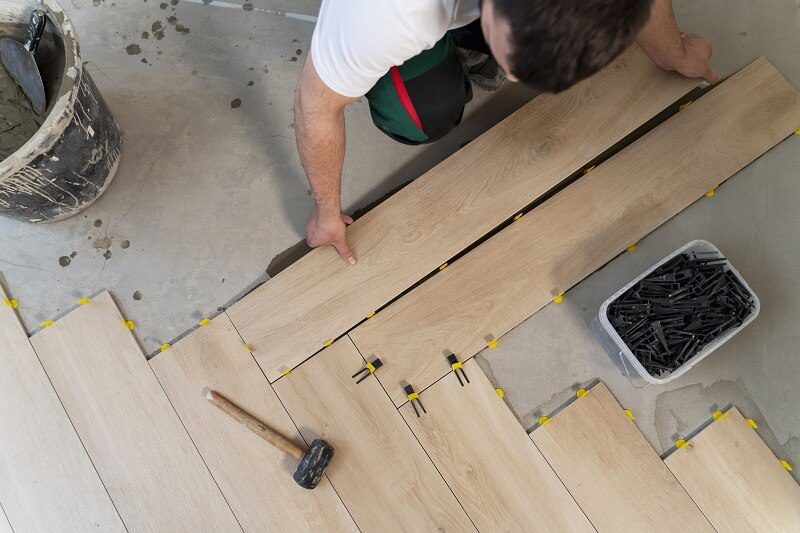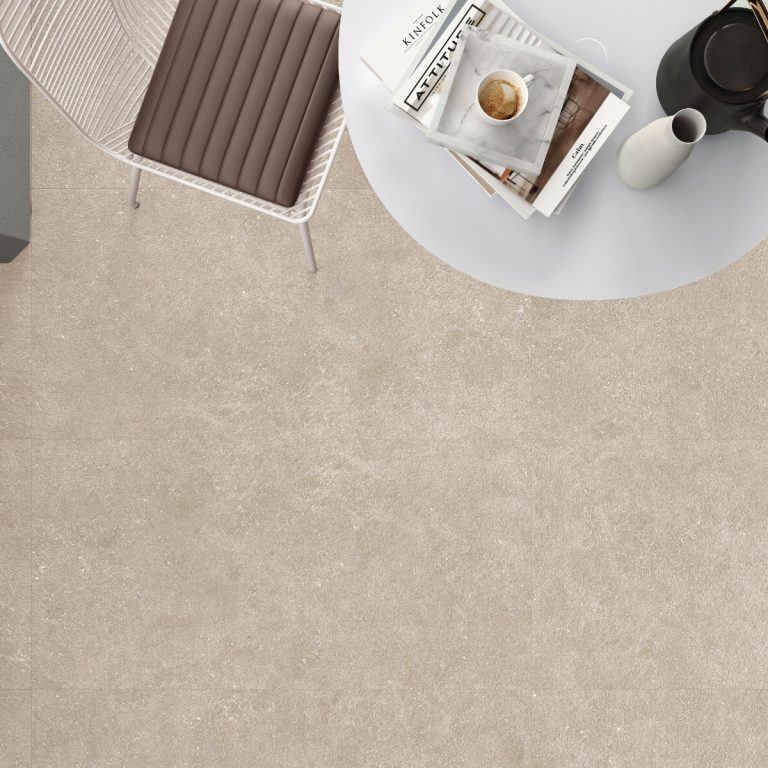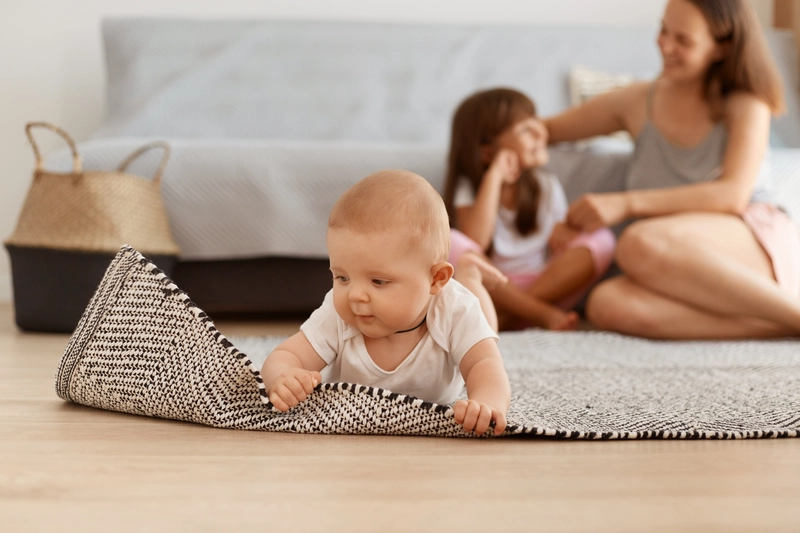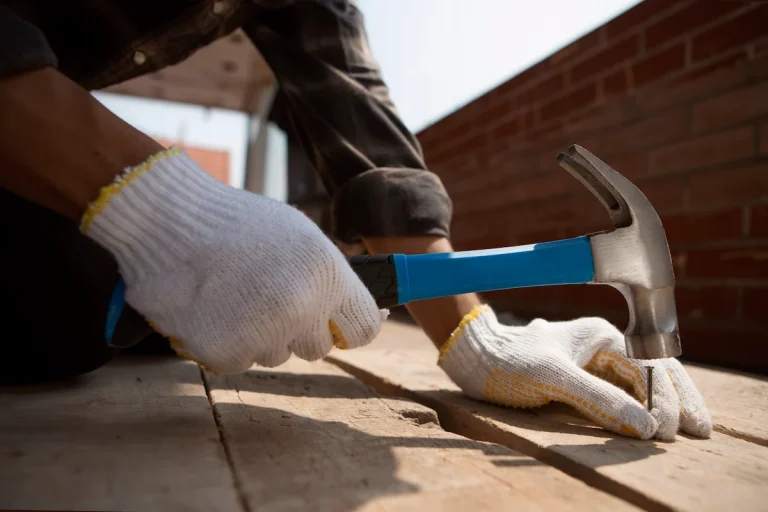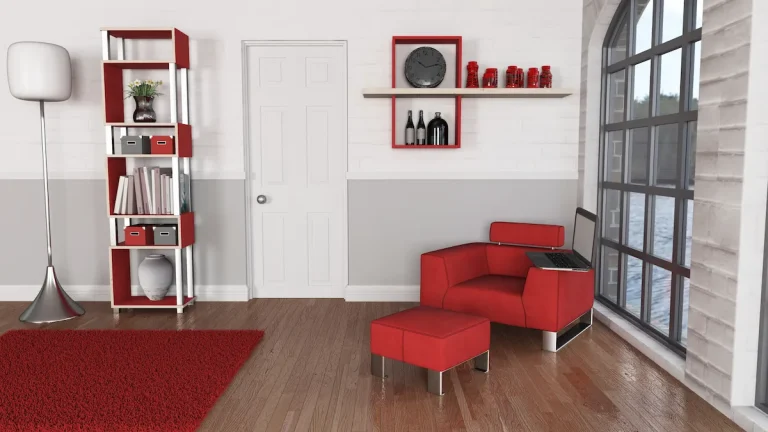Are you considering a flooring update for your home or business, but not sure where to start? Flooring installation can be a daunting task, but with the right information, you can make the best choice for your space. In this article, we will explore the different types of flooring options available, factors affecting flooring installation cost, and how much you can expect to pay for each type. We will also share some tips on how to save money on your flooring installation project. Whether you’re interested in hardwood, laminate, vinyl, tile, or carpet flooring, we’ve got you covered. Keep reading to learn more!
How Much Is Flooring Installation Cost in 2025?
Average costs of flooring installation vary based on the type of flooring selected, with average estimates for hardwood, laminate, vinyl, tile, and carpet flooring installation, providing homeowners and businesses with insights into the potential expenses for their projects.
a. Cost of Installing Hardwood Flooring
If you are wondering how much is hardwood flooring installation then the answer is that it varies depending on the type of wood selected, the complexity of the design, and the use of engineered wood. This gives an insight into the average cost and installation rates for this premium flooring option.
Regarding solid wood flooring, the installation cost is influenced by the type of wood chosen. For instance, oak or maple might differ in price from exotic woods like teak or walnut. The intricacy of the design, such as herringbone or parquet patterns, can affect the cost due to the labour and expertise involved.
The use of engineered wood can provide cost savings compared to solid wood while maintaining high quality and aesthetics. These factors contribute to the flooring installation cost of solid wood.
b. Cost of Installing Laminate Flooring
Laminate flooring offers an affordable and versatile alternative to hardwood, combining cost-effectiveness with a wide range of designs like wood veneer and tile patterns. Laminatr flooring installation costs are generally economical, averaging between £10 to £20 per square metre. However, the final price can vary based on several factors, such as the quality of the laminate, the complexity of the installation, the location, and the contractor’s rates and expertise. This makes laminate flooring an attractive option for budget-conscious homeowners seeking both durability and style.
Several factors influence the overall installation cost:
- Subfloor quality – a stable and even surface is essential for a smooth installation.
- Layout complexity – intricate patterns or unusual room shapes can increase labour time and costs.
- Underlay requirements – certain projects may need additional layers for comfort, stability, or soundproofing.
With its blend of affordability, design variety, and durability, laminate flooring remains a popular choice for those wanting a stylish look without the hefty price tag of hardwood.
c. Cost of Installing Vinyl Flooring
Vinyl flooring installation costs are relatively economical, with opportunities to enhance comfort and durability through the use of installation underlay, offering insights into the average expenses and installation rates for this resilient and adaptable flooring choice. When considering vinyl flooring installation, it’s important to factor in the use of underlay. Underlay installation provides cushioning and support, improving the feel and wear of the flooring.
The cost of underlay varies based on factors such as material, thickness, and quality. On average, the expenses for underlay are manageable, adding value to the overall investment. It’s noteworthy that vinyl flooring installation itself is a cost-effective process, often competitively priced compared to other flooring materials.
d. Cost of Installing Tile Flooring
Tile flooring installation cost vary based on the selected materials and designs, providing insights into the average expenses and installation rates for this durable and aesthetically diverse flooring option suitable for various interior spaces.
Tile flooring has a wide range of material options including ceramic, porcelain, and natural stone, each with its cost implications. The intricacy of the design, pattern, and size of the tiles can influence the installation costs.
It’s essential to consider factors such as subfloor preparation, removal of existing flooring, and labour expenses when estimating the total installation cost of tile flooring. The average tile flooring installation cost can range from £20 to £60 per square metre, but this can vary substantially depending on the specific materials and designs chosen.
e. Cost of Installing Carpet Flooring
Carpet flooring installation costs vary based on the selected styles and materials, providing insights into the average expenses and installation rates for this soft and comfortable flooring option suitable for residential and commercial settings.
When considering the installation of carpet flooring, it’s important to note that the costs can range from £10 to £30 per square meter. The pricing is influenced by factors such as the type of carpet chosen (e.g., plush, frieze, Berber), the quality of materials, and additional installation requirements.
Property owners should allocate additional funds for carpet underlay, underlay, and possible subfloor preparation, which are essential for achieving a durable and aesthetic result. Professional installation services, typically charged per square yard, contribute to the overall expenditure.
Factors Affecting Flooring Installation Cost
Cost of flooring installation is influenced by several factors, including the type of flooring selected, the size of the room, the condition of the subfloor, the expenses related to labour, and any additional services such as removal of existing flooring or installation of underlay.
a. Type of Flooring
The type of flooring you choose greatly impacts the overall cost, as each material varies in price and installation complexity. Some options require more labour and expensive materials, while others offer budget-friendly alternatives without compromising style and durability.
Here are some popular flooring types and their cost considerations:
- Hardwood Flooring – Known for its quality and durability, with options like oak, maple, and exotic woods. It has higher material costs and labour-intensive installation, making it one of the pricier choices.
- Engineered Wood Flooring – A more affordable alternative to hardwood, combining a real wood veneer with a composite core. It offers similar aesthetics but is easier and cheaper to install.
- Laminate – Budget-friendly and simple to install, mimicking the look of real wood without the hefty price tag.
- Luxury Vinyl Tiles (LVT) – Durable, cost-effective, and water-resistant, making it perfect for high-traffic or moisture-prone areas.
- Tile – Highly durable and water-resistant, but often comes with higher installation costs due to its complexity.
- Carpet – Provides warmth and comfort but may incur higher installation fees, especially for custom fits.
Each option balances cost, style, and practicality, helping you choose the best flooring for your space and budget.
b. Size Of The Room
Room size and layout significantly impact flooring installation costs. Larger spaces require more materials and labour, leading to higher overall expenses. Irregular room shapes or complex configurations can also increase installation difficulty and cost.
Additionally, the cost per square foot of the chosen flooring material plays a crucial role. Different flooring types come with varying installation costs:
- Hardwood flooring often has higher expenses due to its complex installation and premium material.
- Carpet costs can vary based on underlay quality, texture, and patterns, which may increase labour and material prices.
- Laminate typically offers a more budget-friendly option with simpler installation requirements.
Considering both room dimensions and material type is essential for accurately estimating total flooring project costs.
c. Subfloor Condition
The condition of the subfloor plays a crucial role in the cost of flooring installation. Subfloor preparation and repair requirements can add to the overall expenses. It is important to address subfloor issues before installation to ensure the longevity and performance of the new flooring.
Subfloor imperfections, such as unevenness, moisture damage, or structural instability, can significantly impac t the installation process. Uneven subfloors may require levelling compounds or self-levelling underlayments, which can add to the time and cost of installation.
Moisture-damaged subfloors may necessitate moisture barriers or mitigation systems to prevent damage to the new flooring. Structural subfloor issues can lead to extensive repairs, such as joist reinforcement or subfloor replacement, which can substantially increase the overall project budget. Ignoring these issues may lead to future flooring problems, including premature wear and even failure.
d. Labour Costs
Labour-related expenses, including installation rates and contractor fees, make a significant contribution to total costs, with variations based on supplier, project complexity and regional labour rates. Obtaining multiple quotes and evaluating the expertise of installers can help in managing labour costs effectively.
Labour cost is an important factor in determining flooring installation rates. It is influenced by various factors, including the type of flooring, the complexity of the design, and the size of the area. Specialised skills needed for specific flooring types, like hardwood or tile, can also affect labour rates. Homeowners should prioritise installer proficiency and supplier reputation to ensure high-quality and long-lasting results.
e. Additional Services
Additional services like removing existing flooring, installing underlayment, and applying finishing treatments can significantly increase the total cost of flooring installation. These tasks require extra labour, materials, and time, contributing to higher expenses. For example, floor removal adds labour and disposal fees, while underlayment installation and finishing treatments demand specialised skills and materials, further impacting the budget.
To optimise costs, homeowners can consider bundled service packages offered by flooring companies. Combining services such as removal, underlayment, and finishing into one package can lead to better pricing and simplified project management. Clear communication with providers about project needs and budget constraints is essential to secure tailored estimates, ensuring the best value for the investment.
How To Save Money On Flooring Installation Cost?
Saving on flooring installation costs can be achieved through various strategies such as comparing flooring installation prices from multiple suppliers, exploring options to replace flooring at cost-effective rates, and understanding the overall expenses for flooring installation in a whole house project.
Regarding comparing flooring installation prices, it’s essential to consider not only the initial cost of materials and labour but also the long-term durability and maintenance requirements of the flooring.
Opting for high-quality materials that require minimal upkeep can save money in the long run, despite potentially higher upfront costs.
Exploring cost-effective options for replacing flooring can involve considering alternative materials such as laminate or vinyl, which can mimic the look of more expensive hardwood or tile at a fraction of the price.
These options often offer easier installation processes, further reducing labour costs.
For whole house projects, it’s crucial to create a comprehensive budget that includes not just the flooring materials and installation, but also any necessary subfloor repairs, additional accessories like skirting boards or transitions, and potential professional fees if hiring a contractor.
By understanding the full scope of expenses, homeowners can make informed decisions to stay within their budget while achieving the desired flooring results.
To get a more accurate estimate of flooring installation cost, you can also schedule a consultation with a flooring expert from TEKA Flooring.
Furthermore, TEKA Flooring also provides Fitting Service for various needs, such as residential, commercial, or specialised projects like hospital-grade flooring installation. TEKA Flooring provides officially certified fitters for the Karndean flooring brand, so you don’t have to worry.
TEKA Flooring also presents a wide array of premium tiles to fulfil your preferences. Visit our website or contact us immediately to get the right tiles for your home.
Read also:


























